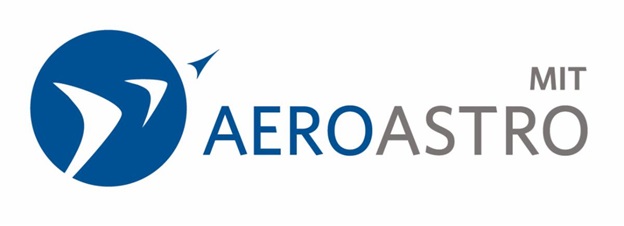Part 3 of 3 Parts (Please read Part 1 and 2 first)
“The Micro-Ecological Life Support System Alternative (MELiSSA) is a European Space Agency initiative (ESA) with the aim to develop the technology for a future regenerative life support system for long term human space missions. Initiated in 1989, the design is inspired by a terrestrial ecosystem.” Wikipedia
The SOM habitat combines traditional life support systems with the regenerative close-loop MELiSSA system. An added feature will be the ability to grow food in the habitat.
With respect to the need for electricity and heat in the habitat, power to the habitat will be supplied by external solar power arrays or a nuclear fission reactor on the lunar surface outside the habitat. Waste heat will need to be dumped in order to maintain an comfortable internal temperature of seventy two degree Fahrenheit. The CDF proposed adding closable ‘louvres’ to control radiator emissivity.
Another problem that affected the habitat design was the need to reduce contact with clingy, abrasive lunar dust. Daniel Inocente said, “We would actually land the habitat quite some distance away from its final destination and transport it into place overland, because the lander touchdown will drive up a lot of dust, which is harmful to both people and equipment. And the habitat would interface with separate airlock shells devoted to dusting off spacesuits and equipment, to really mitigate the amount of dust into the habitat.”
One of the greatest challenges encountered by the ESA CDF is getting the habitat to the Moon. The fifty-eight-ton habitat package includes all of the internal equipment that is required. This mass is beyond the current generation of launch vehicles. Daniel Inocente said, “Looking beyond the near term, we considered two options, one of which is NASA's forthcoming Space Launch System launcher, and the other is SpaceX's Starship, which would have no trouble with our mass requirements but is still at an early stage of development.”
Once the SOM habitat is on site, the SOM team is considering adding more modules that would be dedicated to different purposes such as research, manufacturing, food culture and tourism. The lunar base would be expanded to a village and, eventually, a city.
Inocente concluded, “We were only working on the Moon Village part time, but the project has informed our thinking on large terrestrial buildings like skyscrapers and airports in both a qualitative and quantitative way. On Earth the demands aren't so absolute as space, but the experience offers ways to improve our design methodologies, such as selecting materials, integrated building technologies and minimizing environmental impacts.”
“And the effort of designing this habitat is useful in its own right. It would be extremely costly to build, technically challenging but it is conceivable given the rate of improvement in technology and engineering and provides us with a goal to aspire towards—just like planning to build the next, tallest skyscraper or planning a terrestrial city of the future.”
Lunar habitation has been theme in science fiction for decades. The work of SOM will help that dream come true.
